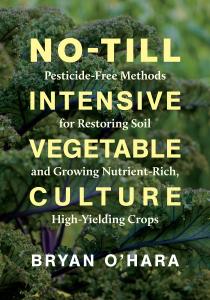The foundation of any successful garden lies in its soil health. A deep understanding of the soil’s composition, structure, and the beneficial role of microorganisms is essential. No-till gardening, a staple of heirloom gardening practices, preserves this health by minimizing disturbances that can disrupt soil structure. Additionally, techniques like composting and vermiculture recycle waste into valuable nutrients, enriching the soil. Cover crops, including legumes and grasses, enhance soil health further by fixing nitrogen, controlling weeds, and preventing erosion.
Integrated Pest Management (IPM) reduces reliance on chemical pesticides by harnessing natural pest control methods. This strategy includes encouraging predators that naturally manage pest populations. Companion planting complements IPM by strategically positioning plants to deter pests, improve pollination, and optimize space—creating a harmonious and diverse garden ecosystem.
To support this diversity, organic gardening practices are critical. Using mulch for weed suppression and erosion control, employing organic pest control measures, and introducing beneficial insects help maintain a balanced ecosystem. Additionally, water conservation techniques such as drip irrigation and rainwater harvesting ensure that plants receive necessary hydration without wastage, which helps preserve the structure and nutrient balance of the soil. These methods collectively foster a sustainable, productive, and ecological gardening environment.
For more Details >>Recent Gardening Practices Posts

How To Tell If Your Soil Is Healthy And Thriving

Is Hairy Vetch A Good Cover Crop?

The Essential Guide To Sustainable Heirloom Gardening Practices

What Is Biochar And What Is It Used For?

The Homemade Compost Tea Boost



